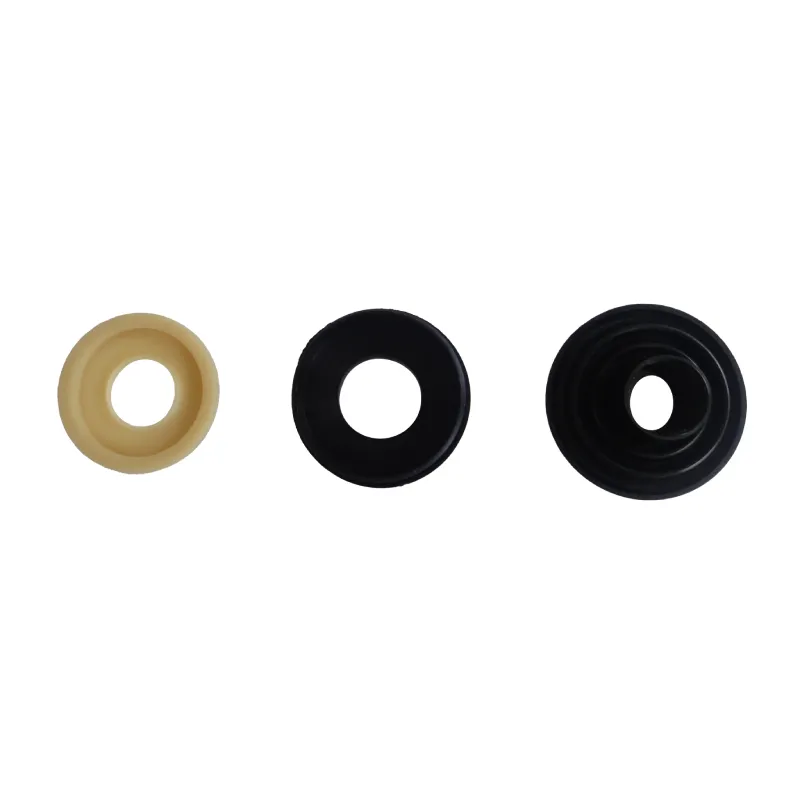 Afrikaans
Afrikaans  Albanian
Albanian  Amharic
Amharic  Arabic
Arabic  Armenian
Armenian  Azerbaijani
Azerbaijani  Basque
Basque  Belarusian
Belarusian  Bengali
Bengali  Bosnian
Bosnian  Bulgarian
Bulgarian  Catalan
Catalan  Cebuano
Cebuano  Corsican
Corsican  Croatian
Croatian  Czech
Czech  Danish
Danish  Dutch
Dutch  English
English  Esperanto
Esperanto  Estonian
Estonian  Finnish
Finnish  French
French  Frisian
Frisian  Galician
Galician  Georgian
Georgian  German
German  Greek
Greek  Gujarati
Gujarati  Haitian Creole
Haitian Creole  hausa
hausa  hawaiian
hawaiian  Hebrew
Hebrew  Hindi
Hindi  Miao
Miao  Hungarian
Hungarian  Icelandic
Icelandic  igbo
igbo  Indonesian
Indonesian  irish
irish  Italian
Italian  Japanese
Japanese  Javanese
Javanese  Kannada
Kannada  kazakh
kazakh  Khmer
Khmer  Rwandese
Rwandese  Korean
Korean  Kurdish
Kurdish  Kyrgyz
Kyrgyz  Lao
Lao  Latin
Latin  Latvian
Latvian  Lithuanian
Lithuanian  Luxembourgish
Luxembourgish  Macedonian
Macedonian  Malgashi
Malgashi  Malay
Malay  Malayalam
Malayalam  Maltese
Maltese  Maori
Maori  Marathi
Marathi  Mongolian
Mongolian  Myanmar
Myanmar  Nepali
Nepali  Norwegian
Norwegian  Norwegian
Norwegian  Occitan
Occitan  Pashto
Pashto  Persian
Persian  Polish
Polish  Portuguese
Portuguese  Punjabi
Punjabi  Romanian
Romanian  Russian
Russian  Samoan
Samoan  Scottish Gaelic
Scottish Gaelic  Serbian
Serbian  Sesotho
Sesotho  Shona
Shona  Sindhi
Sindhi  Sinhala
Sinhala  Slovak
Slovak  Slovenian
Slovenian  Somali
Somali  Spanish
Spanish  Sundanese
Sundanese  Swahili
Swahili  Swedish
Swedish  Tagalog
Tagalog  Tajik
Tajik  Tamil
Tamil  Tatar
Tatar  Telugu
Telugu  Thai
Thai  Turkish
Turkish  Turkmen
Turkmen  Ukrainian
Ukrainian  Urdu
Urdu  Uighur
Uighur  Uzbek
Uzbek  Vietnamese
Vietnamese  Welsh
Welsh  Bantu
Bantu  Yiddish
Yiddish  Yoruba
Yoruba  Zulu
Zulu Conveyor Belt Idler Design - Optimizing Efficiency and Durability
Conveyor Belt Idler Design Enhancing Efficiency and Performance
Conveyor systems play a crucial role in various industries, facilitating the movement of materials efficiently and safely. A key component in these systems is the conveyor belt idler, which serves to support the belt and maintain its alignment during operation. The design of conveyor belt idlers is vital for the overall performance and longevity of the conveyor system, and it requires careful consideration of several factors.
Understanding Conveyor Belt Idlers
Conveyor belt idlers are the rollers that support the conveyor belt as it moves material from one point to another. They are positioned along the conveyor belt and are instrumental in reducing friction, minimizing wear and tear, and providing stability. There are various types of idlers, including troughing idlers, return idlers, and impact idlers, each serving a unique function and designed for specific applications.
Key Design Considerations
1. Material Selection The choice of materials for idlers is essential to withstand harsh operating conditions. Common materials include steel, aluminum, and various polymers. For heavy-duty applications, steel idlers are preferred due to their strength and durability. However, in environments susceptible to corrosion, polymer or coated options may be more suitable.
conveyor belt idler design

2. Idler Configuration The layout and configuration of idlers are crucial for maintaining the proper belt shape and alignment. Troughing idlers, which have rollers positioned at an angle, help shape the belt into a trough, thereby containing the transported materials. Ensuring the correct angle and spacing of idlers can significantly impact material flow and reduce spillage during operation.
3. Bearing Selection The bearing used within the idlers plays a key role in reducing friction and wear. High-quality sealed bearings are often preferred as they require less maintenance and provide better performance in dusty or dirty environments. The selection of the right bearing helps enhance the idler's lifespan, reducing downtime and maintenance costs.
4. Load Capacity The idler design must be matched to the expected load capacity of the conveyor system. Overloading can lead to premature wear or failure, so it's important to consider the maximum load that the idlers will support. This involves not only the weight of the material being transported but also the dynamic forces exerted on the idlers during operation.
5. Environmental Factors Conveyor systems often operate in diverse environmental conditions, including extreme temperatures, moisture, and corrosive substances. Idler design should incorporate features that enhance its resilience to these factors, such as coatings for corrosion resistance and materials that can withstand temperature fluctuations.
Conclusion
The design of conveyor belt idlers is integral to the overall efficiency and effectiveness of conveyor systems. By paying close attention to material selection, idler configuration, bearing choice, load capacity, and environmental considerations, engineers can create idlers that enhance the performance of conveyor systems. As industries continue to demand more efficient material handling solutions, the importance of innovative and reliable idler design will only continue to grow.
-
Revolutionizing Conveyor Reliability with Advanced Rubber Lagging PulleysNewsJul.22,2025
-
Powering Precision and Durability with Expert Manufacturers of Conveyor ComponentsNewsJul.22,2025
-
Optimizing Conveyor Systems with Advanced Conveyor AccessoriesNewsJul.22,2025
-
Maximize Conveyor Efficiency with Quality Conveyor Idler PulleysNewsJul.22,2025
-
Future-Proof Your Conveyor System with High-Performance Polyurethane RollerNewsJul.22,2025
-
Driving Efficiency Forward with Quality Idlers and RollersNewsJul.22,2025





























